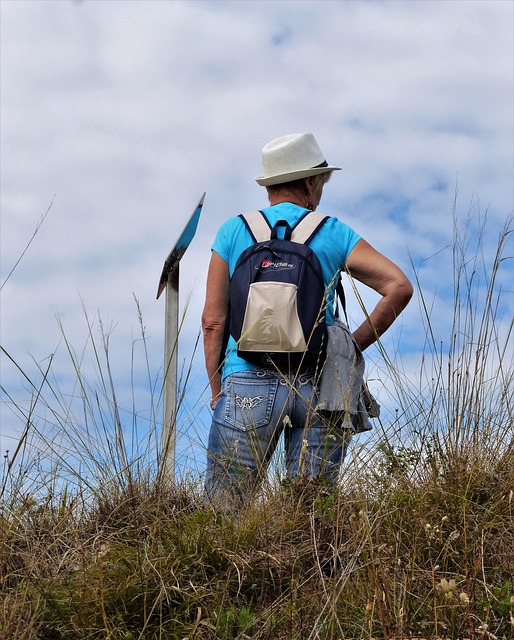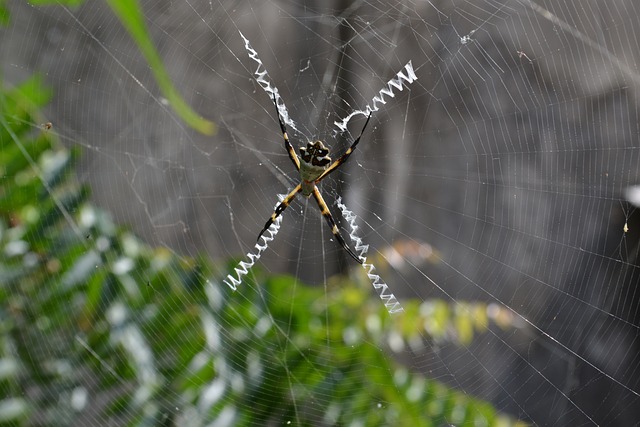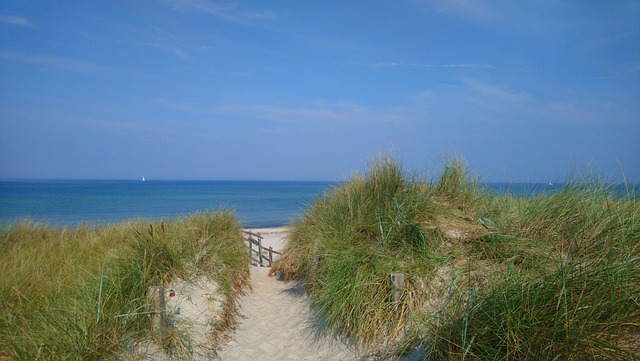selva bichos 🌞 Selva Bichos: A Tapestry of Life in the Brazilian Wilderness
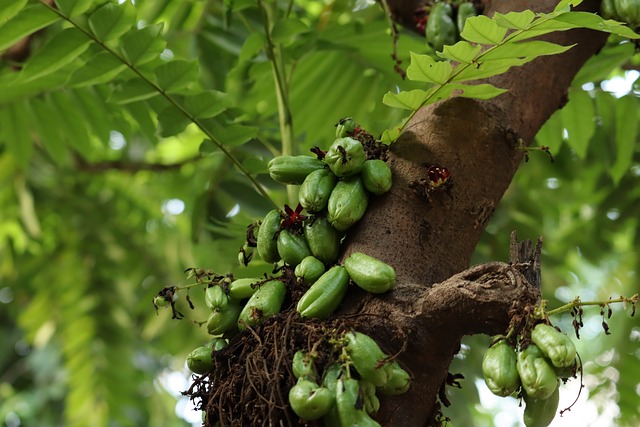
Selva Bichos: A Tapestry of Life in the Brazilian Wildernessselva bichos

In the heart of Brazil's lush landscapes, a silent yet vibrant narrative unfolds, one that weaves through the diverse ecosystems of the Amazon, the Atlantic Forest, and the Pantanal. This narrative, rich with the stories of countless species, tells us not only about the intricate relationships among flora and fauna but also about the urgent need for conservation in a world increasingly threatened by human activity. The term "selva bichos," translating to "jungle creatures," encapsulates this narrative—one that highlights the coexistence and interdependence of numerous species that inhabit these diverse biomes.selva bichos
The Amazon rainforest, often dubbed the "lungs of the Earth," serves as a critical component in the global climate system. However, it is not merely a collection of trees and plants; it is a complex web of life. Each organism, from the tiniest insect to the largest mammal, plays a pivotal role in this ecosystem. The jaguar, for instance, is not only a majestic predator but also an essential part of the food chain, regulating populations of various species and ensuring the health of its habitat. The harpy eagle, with its impressive wingspan, reigns as one of the sky's most formidable hunters, maintaining the balance within its domain.
Yet, it is not just the larger animals that matter; the smaller creatures, often overlooked, are equally significant. The myriad of insects found in the selva bichos, such as ants and bees, contributes to pollination and decomposition, fostering the growth of plants and the regeneration of the forest. Each species, regardless of size, contributes to the resilience of the ecosystem, illustrating the delicate balance that sustains life in the wilderness.selva bichos
However, this intricate network is under siege. Deforestation, driven by agricultural expansion, illegal logging, and infrastructure projects, threatens to unravel the fabric of this environment. The consequences of these actions extend beyond the immediate loss of biodiversity; they disrupt the essential processes that sustain the ecosystem, threatening the very existence of species that have evolved over millennia. As habitats are destroyed, animals are forced into smaller territories, leading to increased competition for resources and a heightened risk of extinction.selva bichos
Moreover, the encroachment of human activity into the selva bichos has profound implications for indigenous communities, whose lives are intricately tied to the land. These communities possess a wealth of traditional knowledge about sustainable practices and the interconnections within their environment. Their voices, often marginalized in discussions about conservation, must be amplified. By integrating their insights and practices into conservation efforts, a more holistic approach can be developed—one that respects both nature and the rights of those who have lived in harmony with it for generations.selva bichos
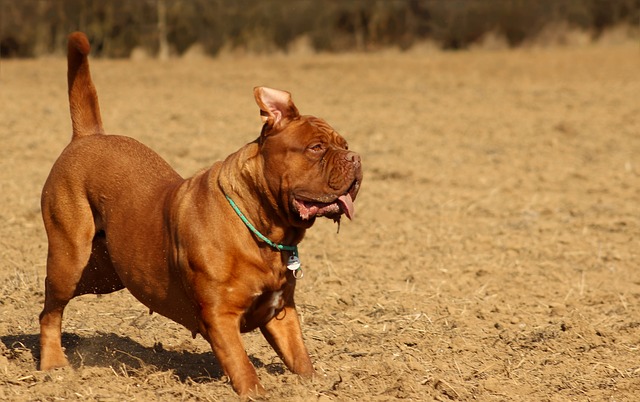
The plight of the selva bichos resonates beyond Brazil's borders. The Amazon rainforest is a vital component of the global climate system, acting as a carbon sink that mitigates climate change. The loss of biodiversity in this region has far-reaching consequences, affecting weather patterns, water cycles, and even agricultural productivity in distant lands. The health of the selva bichos is, therefore, not just a local concern; it is a global imperative.selva bichos
In response to these challenges, various conservation initiatives have emerged, emphasizing the importance of sustainable practices that foster coexistence between humans and wildlife. Ecotourism, for instance, has the potential to generate income for local communities while promoting the preservation of natural habitats. By showcasing the beauty and diversity of the selva bichos, ecotourism can foster a sense of stewardship among visitors, encouraging them to contribute to conservation efforts.
Additionally, technological advancements offer new avenues for monitoring and protecting these ecosystems. Satellite imagery and drones are being utilized to track deforestation and monitor wildlife populations in real time. These tools, combined with community engagement and education, can empower local populations to take an active role in safeguarding their environment.
As we reflect on the narrative of selva bichos, it becomes evident that the fate of this rich tapestry of life lies in our hands. The choices made today will reverberate through generations to come. By prioritizing conservation, supporting indigenous rights, and fostering sustainable practices, we can ensure that the selva bichos continue to thrive, not only for the creatures that inhabit this land but for the health of our planet as a whole.
In conclusion, the selva bichos represents a narrative of resilience, interconnectedness, and urgency. It is a reminder that we are all part of a larger ecosystem, and our actions have consequences that extend far beyond our immediate surroundings. As stewards of this planet, it is our responsibility to protect the delicate balance of life that exists within the selva bichos, ensuring that future generations inherit a world where nature and humanity coexist in harmony.
Fale conosco. Envie dúvidas, críticas ou sugestões para a nossa equipe através dos contatos abaixo:
Telefone: 0086-10-8805-0795
Email: portuguese@9099.com
